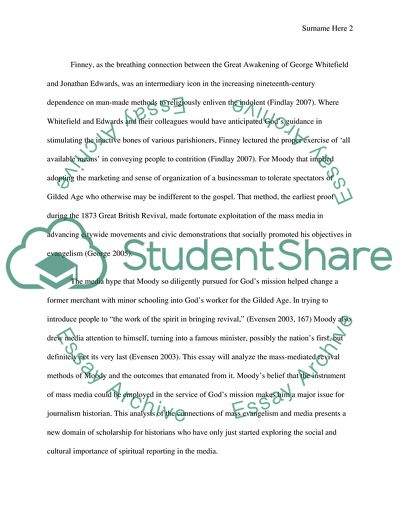Cite this document
(The Mass Media and the Great Evangelist Research Paper, n.d.)
The Mass Media and the Great Evangelist Research Paper. Retrieved from https://studentshare.org/journalism-communication/1739060-dwight-l-moody
The Mass Media and the Great Evangelist Research Paper. Retrieved from https://studentshare.org/journalism-communication/1739060-dwight-l-moody
(The Mass Media and the Great Evangelist Research Paper)
The Mass Media and the Great Evangelist Research Paper. https://studentshare.org/journalism-communication/1739060-dwight-l-moody.
The Mass Media and the Great Evangelist Research Paper. https://studentshare.org/journalism-communication/1739060-dwight-l-moody.
“The Mass Media and the Great Evangelist Research Paper”, n.d. https://studentshare.org/journalism-communication/1739060-dwight-l-moody.


